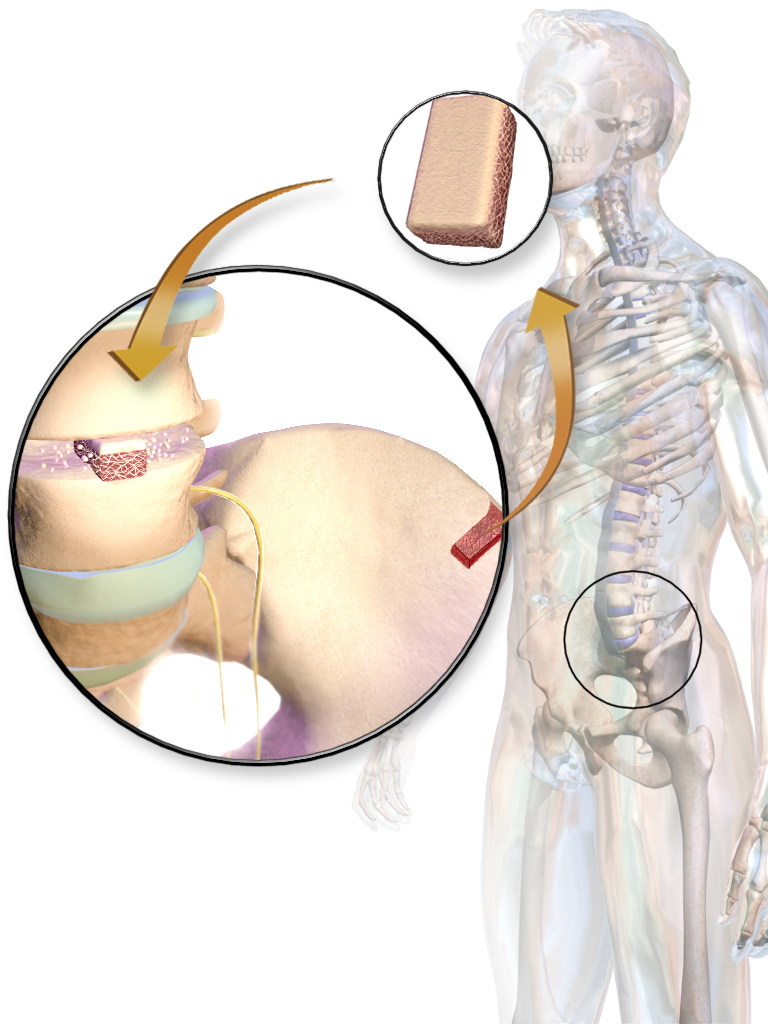| name | Allograft Bone Graft |
| classification | Orthopedic Biomaterial, Bone Graft Substitute |
| pharmacokinetics | Not applicable. Allograft bone is not absorbed or metabolized. It serves as a scaffold for bone regeneration. |
| suggested dosage | Dosage is highly variable and depends on the specific defect being treated, the size of the bone defect, and the specific indications. This must be determined by a qualified physician and is not a generalizable dosage. |
| indications | | 1 | Treatment of bone defects resulting from trauma (e.g., fractures, open wounds) | | 2 | Reconstruction of jaw defects | | 3 | Reconstruction of spinal defects | | 4 | Treatment of non-union fractures | | 5 | Treatment of bone tumors | | 6 | Augmentation of bone during dental procedures |
|
| safety in pregnancy | Limited data on the use of allograft bone during pregnancy. The benefits and risks of using allograft bone during pregnancy must be weighed by a physician. It is generally considered to be a last resort option, as there is little information about potential effects on the fetus. |
| safety in breastfeeding | Limited data on the use of allograft bone during breastfeeding. The potential benefits and risks must be weighed by a physician. No established recommendations. |
| side effects | | 1 | Infection (osteomyelitis) | | 2 | Inflammation (local swelling) | | 3 | Rejection (immune response, more likely with autografts or in immunocompromised individuals) | | 4 | Pain at the surgical site | | 5 | Bleeding | | 6 | Nerve damage (rare) |
|
| alternatives | |
| contraindications | | 1 | Allergy to the donor material (highly unlikely) | | 2 | Active infection in the surgical site | | 3 | Patients with immune deficiencies that might not allow for rejection | | 4 | Coagulopathy (bleeding disorders) | | 5 | Severe uncontrolled systemic illness |
|
| interactions | Interactions are unlikely, as allograft bone graft is a non-metabolized material, though general interactions of drugs used with the surgical procedures could be a consideration. |
| warnings and precautions | | 1 | Proper sterilization and handling of the allograft material is crucial to prevent transmission of infectious diseases. | | 2 | Care must be taken to avoid damage to surrounding tissues or nerves during surgical placement of the allograft. | | 3 | Potential for incomplete healing or delayed integration into surrounding bone tissue. | | 4 | Follow-up care and monitoring are essential to assess healing and prevent complications. | | 5 | Potential for pain during and after the surgical procedure. |
|
| additional informations | | 1 | The source of the allograft (donor) plays a significant role in the overall safety profile. | | 2 | Selection of allograft is critical for the appropriate match to the patient's bone tissue. | | 3 | Surgical expertise is crucial for successful placement and integration. | | 4 | Long-term clinical outcomes may vary depending on the specific application. | | 5 | Cost is a consideration, allograft can be more expensive than other options. |
|
| patient specific details | |

